Nov. 30, 2022 /SemiMedia/ -- According to IC Insights’ latest report, at the start of this year, semiconductor suppliers were enjoying a strong influx of orders due to robust post-Covid-19 economic activity. Booming demand pushed most wafer fab utilization rates well above 90%. Many semiconductor foundries operated at 100% utilization. Capital spending budgets for 2022 were set in place to reflect the strong ongoing demand.
In the middle of the year, however, soaring inflation quickly slowed the global economy, forcing many semiconductor makers to scale back aggressive expansion plans.
As a result, IC Insights has revised its 2022 worldwide semiconductor capital spending forecast to show a 19% increase this year to $181.7 billion (Figure 1). The revision represents a decrease from $190.4 billion and 24% growth that was initially forecast. Though lowered from the initial outlook, the revised capex forecast will still amount to a new record high level of spending.

As shown in the figure, semiconductor industry capital spending grew 10% in 2020 and surged by 35% in 2021. If industry capital spending rises as forecast by 19% this year, it will mark the first three-year period of double-digit capex increases in the semiconductor industry since 1993-1995.
With the memory market collapsing in the second half of this year, and weakness expected to continue through the first half of 2023, capital spending for memory is forecast to decline at least 25% next year. Moreover, the newly enacted U.S. sanctions on Chinese semiconductor producers, especially those regarding semiconductor production equipment acquisitions from U.S. companies, are expected to lead to Chinese company semiconductor industry capital outlays being cut by 30% or more in 2023. Overall, these two factors are the driving force behind the forecasted -19% drop in total worldwide semiconductor industry spending in 2023 and the steepest decline since the global financial meltdown in 2008-2009.
It is worth noting that IC Insights does not expect a boost to semiconductor capital spending from the $52 billion in grants that will be given to U.S. semiconductor suppliers as part of the U.S. CHIPS and Science Act that was passed earlier this year. Rather, IC Insights believes that most U.S. semiconductor producers that receive this money will use it to replace what they would have spent if not receiving the grant. In other words, the CHIPS and Science Act money is not expected to be “additive” funding to planned semiconductor industry spending, but instead is likely to replace the money a semiconductor producer was going to budget if CHIPS and Science Act funding was unavailable.
For more information and to purchase IC Insights’ report, please visit https://www.icinsights.com/news/bulletins/2023-Semi-Capex-Forecast-Sees-Largest-Decline-Since-200809/, and contact Bill McClean President Phone: +1-480-348-1133 Email: bill@icinsights.com.

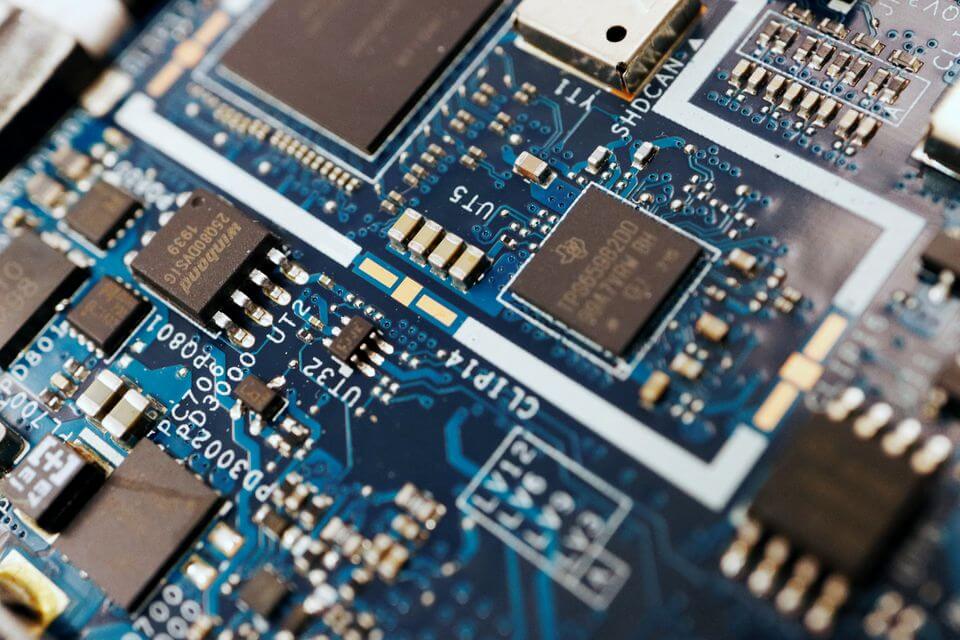


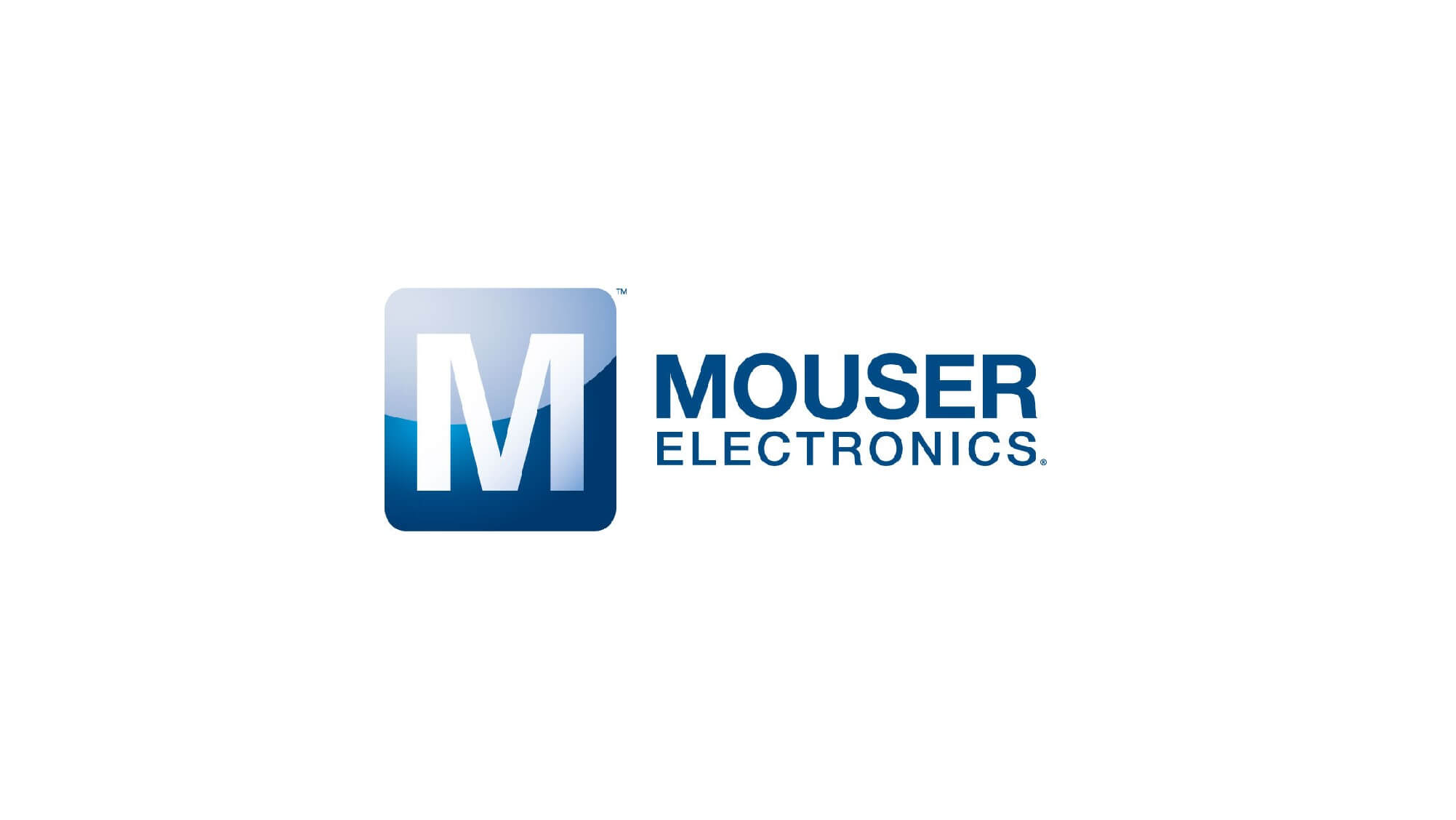

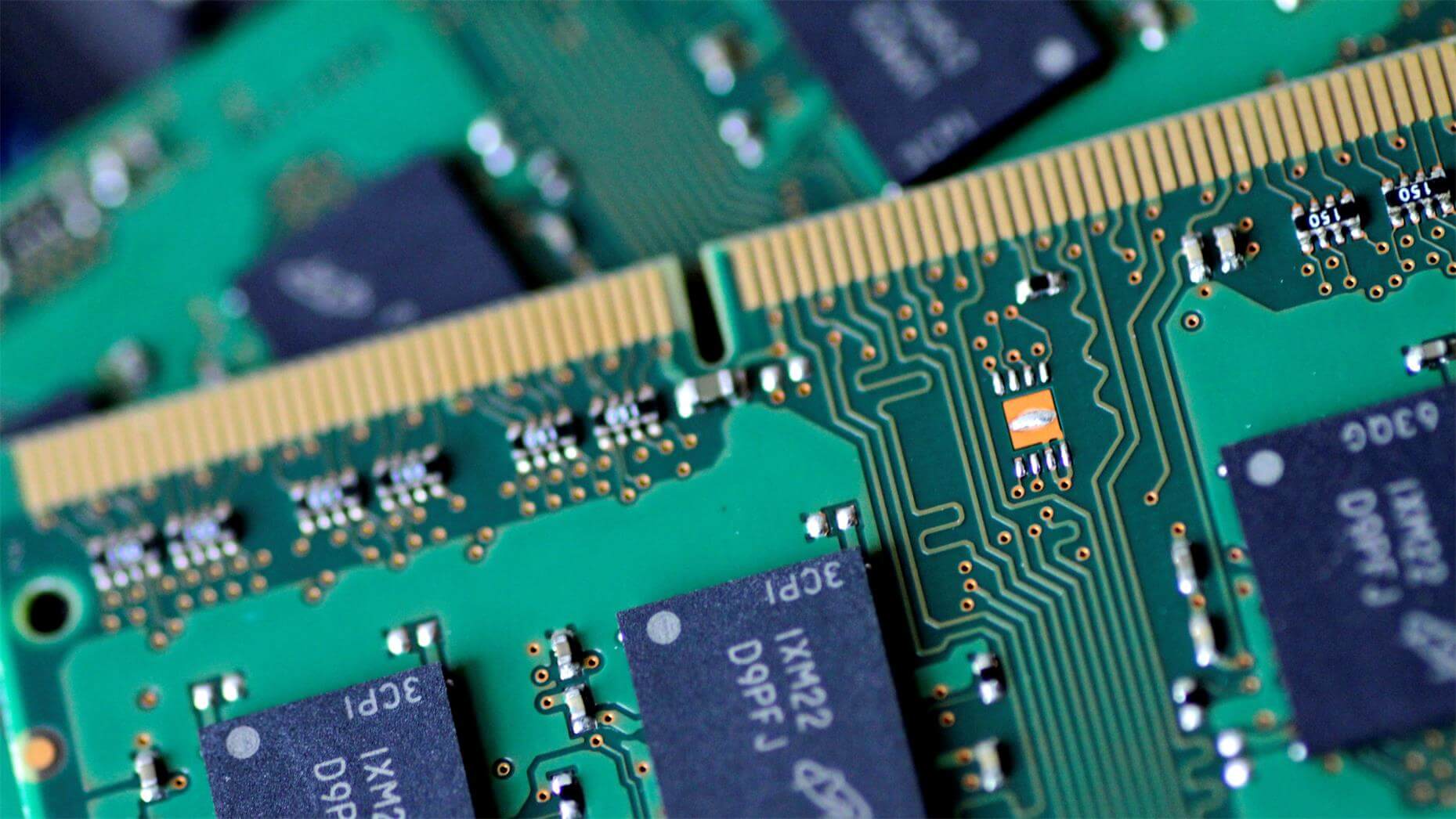

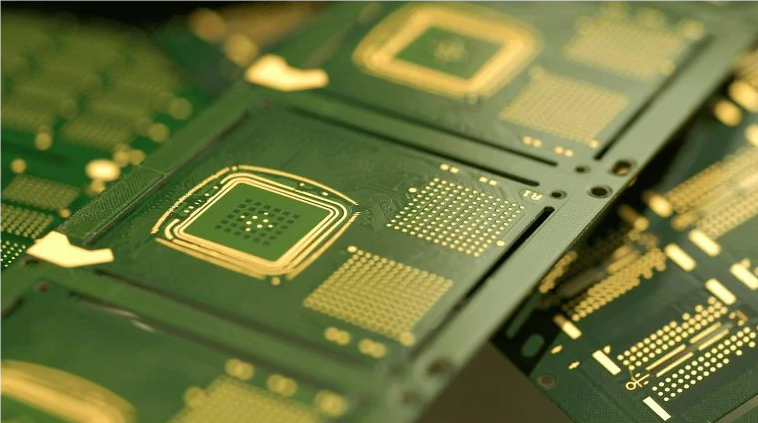
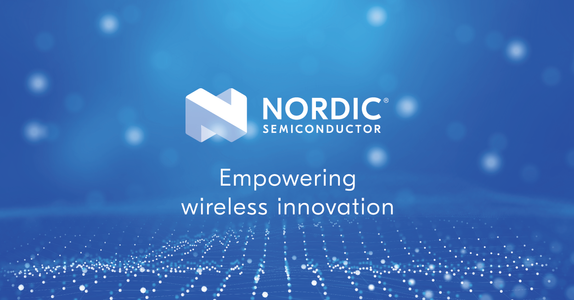

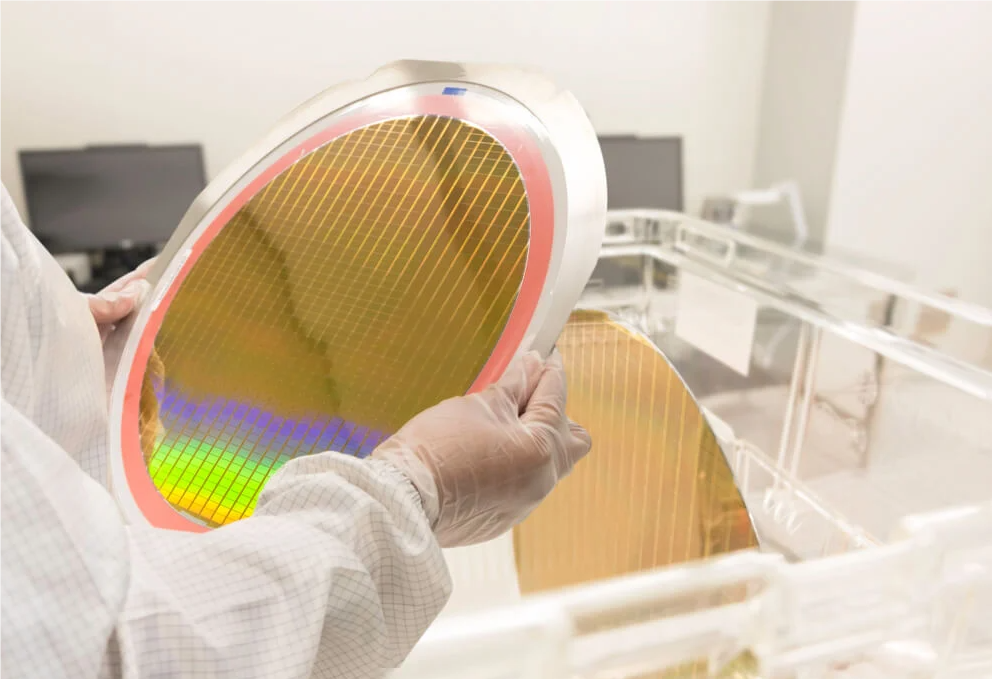
All Comments (0)